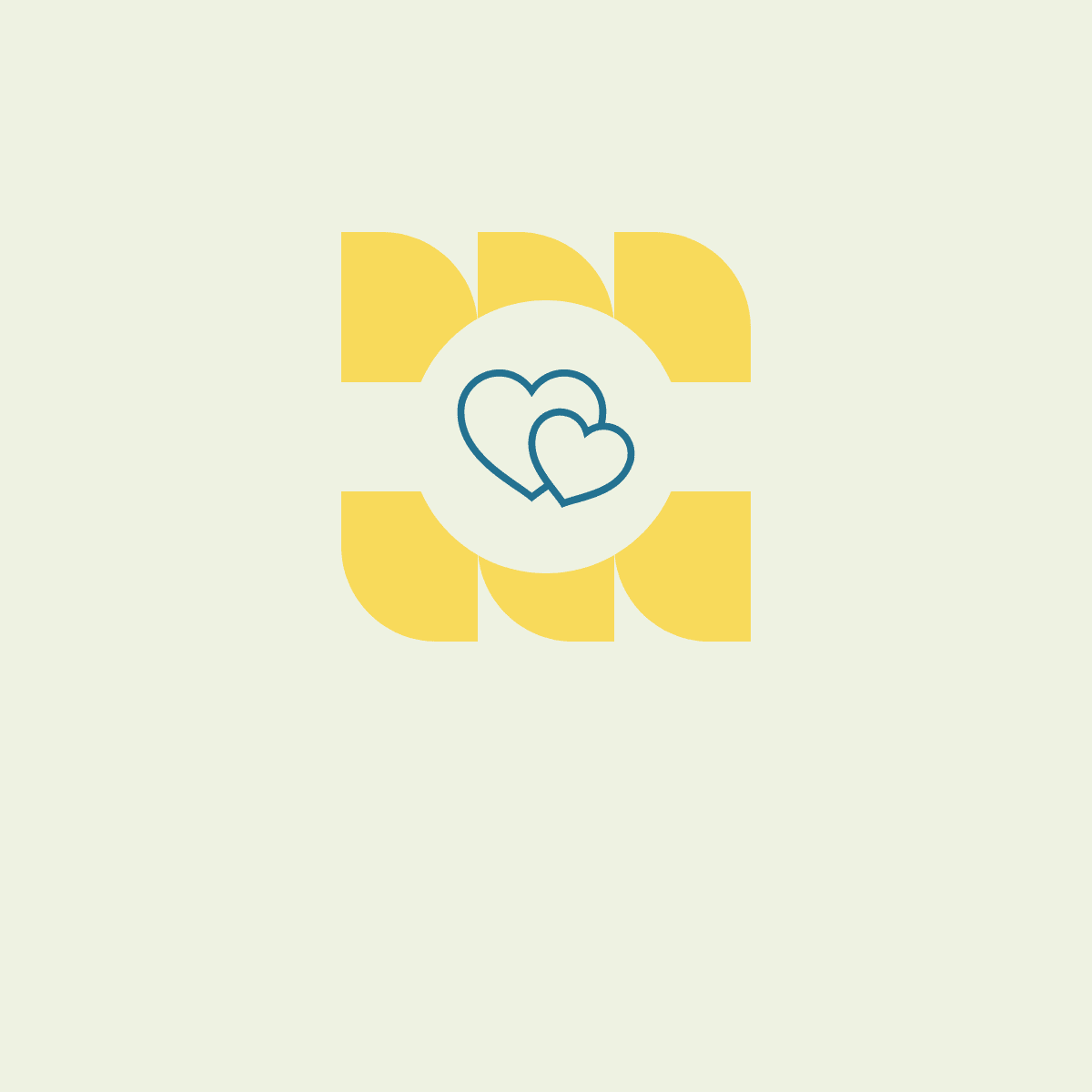About Yoshimura Clinic History

愛知県岡崎市には、日本中部地方でとても有名な自然分娩を行う産科クリニックがありました。
それは産婦人科医の吉村忠さんが運営する個人クリニック、「吉村クリニック」です。
など、吉村クリニックについての説明を英語で書かれていました。
Dr. Yoshimura’s resume
吉村正 1932年生まれ。名古屋大学医学部卒業。医学博士。
1961年、父に代わって吉村病院院長に就任。以来45年間で2万件以上の自然分娩に立ち会ってきました。
彼は産前ケアにおいて医療介入や薬物の使用を可能な限り避けており、帝王切開率は5%という低い率を維持されています。
など、吉村医師についての歴史も書かれていました。
Book reviews
『誕生!生命の神秘』など、
過去に出版された本などの紹介を英語でされていました。
Yasuko Tanaka ( Director, Yoshimura Clinic)

1972年埼玉生まれ、東京育ち。私は1998年に日本医科大学を卒業しました。
その後10年間、産婦人科を専門にしながら、自治医科大学でも研修を受けることを選択し、札幌、東京、横浜、豊田などで勤務しました。
など、吉村医院の医師である田中さんのプロフィールやメッセージなどが書かれていました。

